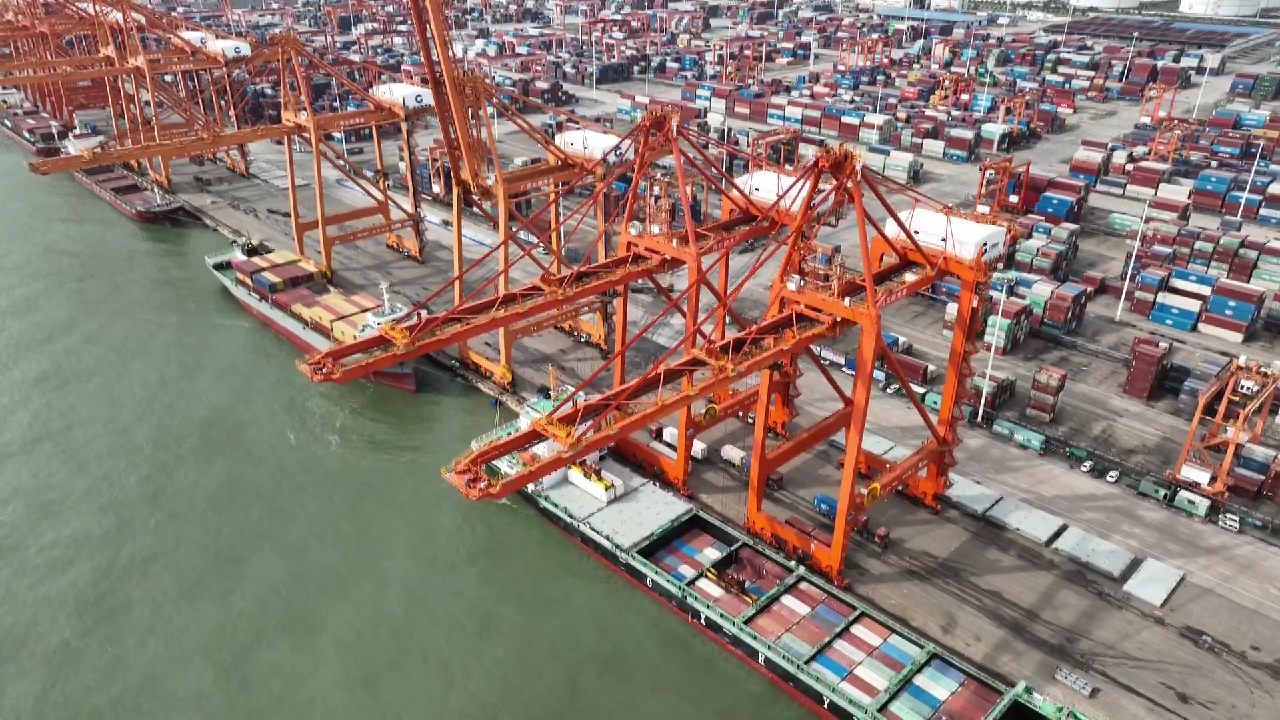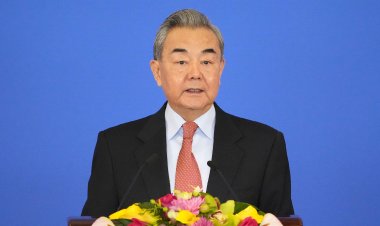Enhanced Quality and Efficiency in China-Vietnam Economic Cooperation Efforts
The economic cooperation between China and Vietnam encompasses a wide range of dimensions and sectors, such as trade relations, supply chain integration, and low-carbon investment collaboration. This multifaceted partnership is set to significantly boost the progress of their positive relationship.

As Asia's largest economy and the second-largest globally, China plays a crucial role in the world's development and governance systems. Similarly, Vietnam, an important ASEAN country, has seen rapid economic growth and a rise in its international influence.
In recent times, China and Vietnam have intensified their high-level exchanges, enhancing their economic and trade collaborations. Together, they focus on building robust, efficient industrial and supply chain networks and ramping up investments in environmentally friendly and low-carbon initiatives to benefit both nations. The economic partnership between China and Vietnam has notably grown in quality and efficiency.
Advancements in China-Vietnam Economic and Trade Collaborations
China and Vietnam have recently reached significant new achievements in their economic and trade relations, demonstrating their resilience and capacity for growth.
By 2023, the trade value between China and Vietnam hit $229.79 billion, marking the third consecutive year it exceeded $200 billion. In just the first seven months of this year, the trade tally nearly reached $145 billion. China remains Vietnam's biggest trade partner, a position it has held for many years, while Vietnam is China's top trade partner within ASEAN.
The economic structures of the two nations complement each other well, with China excelling in manufacturing and infrastructure, and Vietnam benefiting from lower labor costs and strategic location.
This economic complementarity has allowed them to extend their cooperation to fields beyond traditional trade, such as financial services and infrastructure projects, which are now new driving forces behind their economic progress.
The active border trade between the two countries shows promising development prospects. Vietnamese agricultural exports to China, like durians, have soared, benefiting hundreds of thousands of farmers. Since the inauguration of the China-ASEAN (Chongzuo) Fruit Trading Center in January 2023, about 17,000 vehicle transactions worth approximately 2.3 billion yuan ($322 million) were completed by January 2024. Moreover, many border cities between China and Vietnam have set up cross-border e-commerce operation centers and live-streaming bases, with a continuous increase in cross-border e-commerce imports and exports.
Consolidated China-Vietnam Supply Chain Relations
The supply chain relationship between China and Vietnam has strengthened, showing promising opportunities for further cooperation. According to the General Administration of Customs of China, China contributes 60 percent of Vietnam's intermediate product imports, emphasizing the tight integration of their industrial and supply chains.
As Vietnam emerges as a key manufacturing center in Southeast Asia, the trade in intermediate goods with China is expanding. The effective implementation of the Regional Comprehensive Economic Partnership (RCEP) and the launch of ASEAN-China Free Trade Area 3.0 have fostered better industrial collaboration and division of labor between the two countries.
Sustainable Investment Initiatives for Mutual Benefit
China ranks as one of the top foreign investors in Vietnam, focusing on green development and the low-carbon sector, areas that have become crucial to the investment landscape of both countries.
Since 2014, over ten Chinese companies have set up photovoltaic manufacturing bases in Vietnam, creating the most significant photovoltaic industry cluster there and in China for overseas production.
Looking forward, China and Vietnam are expected to continue enhancing their cooperation in green and low-carbon areas. They aim to promote practical collaboration on low-carbon projects and improve communication, exchanges, and interactions across the green economic spectrum.
By leveraging Vietnam as a base, China also seeks to promote the integration of green financial standards and encourage the flow of green capital between China and ASEAN.
In conclusion, the multifaceted economic collaboration between China and Vietnam spans trade, supply chain integration, and green investments, all of which contribute significantly to the favorable growth of their bilateral relations.
Sophie Wagner for TROIB News
Find more stories on Business, Economy and Finance in TROIB business












